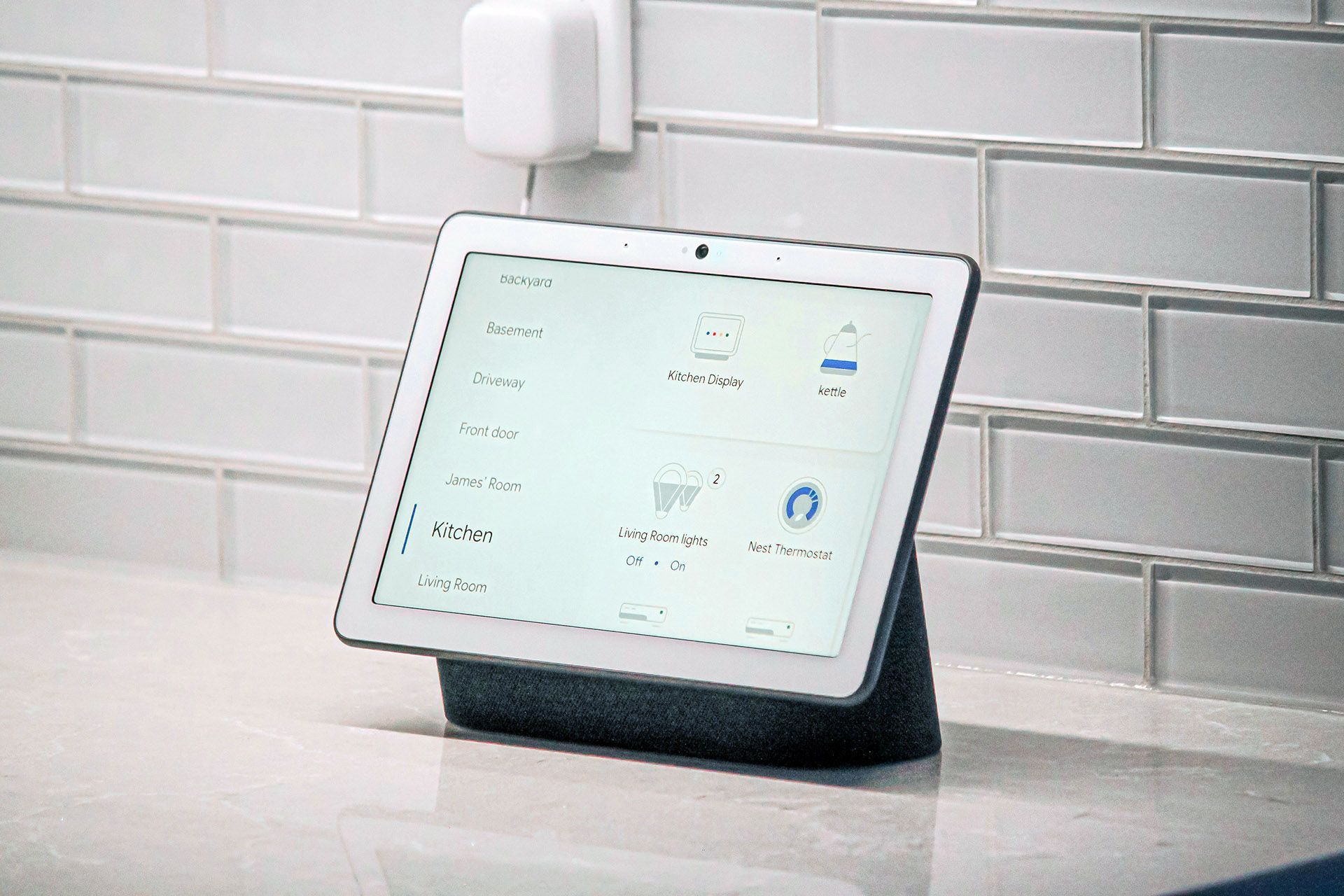Winter is Carbon Monoxide Season
There are so many wonderful things about the winter season, like colder temperatures and cozy days inside.
But as the weather grows colder, your heating becomes essential to keep your entire family safe and warm. This also means additional precautions have to be taken to ensure your family is protected from harmful carbon monoxide.
Protecting Against Carbon Monoxide Poisoning
Winter can be a prime time for carbon monoxide (CO) poisoning as the temperatures dip, and heating systems run more frequently. Dirty burners, cracked heat exchangers, or even ice and snow-covered furnace exhaust vents can all be culprits in letting odorless gas into our homes.
Other causes can include warming up cars in the garage, using gas stoves to warm the house, or running generators inside or outside when they are too close to windows. About 85 people a year die from CO poisoning from portable generators.
Many people simply don’t realize that while trying to stay warm and provide more comfort for their family, they could be harming themselves and those around them.
Is your Family Protected from Carbon Monoxide Poisoning?
Every year 20,000 to 30,000 people in the United States are sickened by accidental carbon monoxide poisoning, and approximately 500 people die, many in their own homes. Sadly, carbon monoxide poisonings are almost always preventable, but it starts with having a working carbon monoxide (CO) detector in your home.
If you have at least one CO detector, that is a good start. It’s important to remember that one detector is the minimum. When it comes to the safety of you and your family, more detectors are better. This is especially true if you live in a multi-level home.
According to the International Association of Fire Chiefs, carbon monoxide detectors should be installed on every home floor, including basements. Detectors should be located within 10 feet of each bedroom door, and a detector should also be placed in or near rooms over a garage.
How To Reduce Your Risk of Carbon Monoxide Poisoning
CO detectors are the first and most crucial step in protecting your family against carbon monoxide poisoning. There are several other actions you can take as well, including:
- Never operate portable generators indoors. Only ever use these devices outdoors with plenty of ventilation.
- Install a battery-operated or battery backup CO detector in your home and check or replace the battery when you change the time on your clocks each spring and fall.
- Consider buying a detector with a digital readout. This detector can tell you the highest level of CO concentration in your home in addition to alarming.
- Replace your CO detector every five years. Even if you faithfully replace the batteries in your detectors, please know that the sensors in CO detectors do not last forever.
Have your furnace and water heater tuned up and inspected annually. A combustion analysis will tell you if high levels of carbon monoxide exist in your equipment. - If you have gas-powered equipment, appliances, or heating systems in your home, be sure to have them maintained and checked annually.
- Don’t idle your vehicles in the garage. Exhaust gas can build up, and as soon as you drive away, the garage door comes down, and the gas trapped in the garage can seep through tiny cracks and openings into the house.

Safeguard Your Family This Winter
We know your family’s safety is your highest priority, so keep this carbon monoxide guidance in mind this winter. Keep yourself and your family safe by ensuring that you have at least one working carbon monoxide detector, as well as always adhering to safety precautions around gas-powered generators and appliances.






